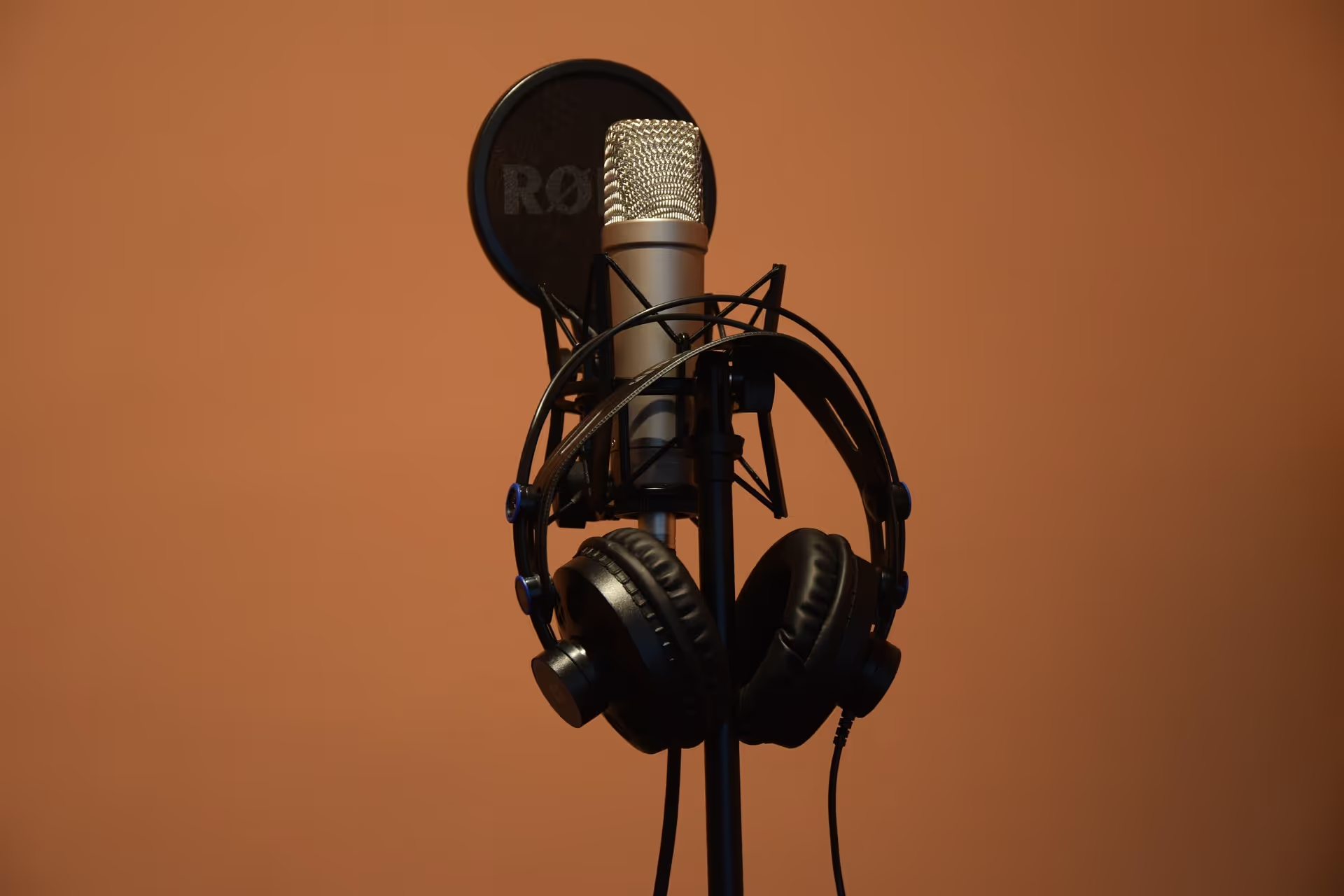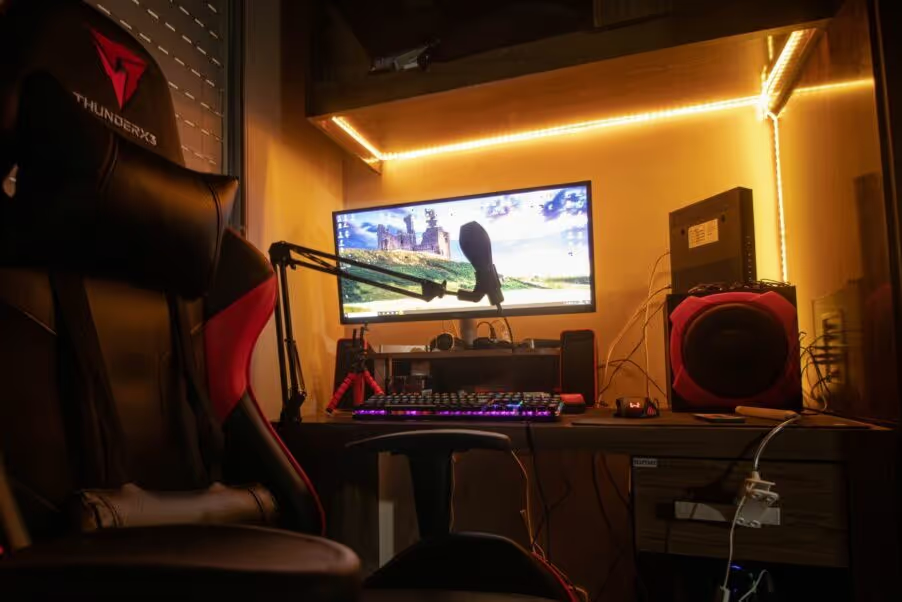
Let’s look at the best laptops for music production and why we like them.
We’ll compare what qualities these laptops have that are important in handling music production programs.

Famous producers who use Apple: Everyone
Seamless integration of hardware and software within the Apple ecosystem plays a pivotal role in the MacBook’s strengths. The M3 chip’s processing prowess is a game-changer. Navigating complex digital audio workstations (DAWs) and running resource-intensive plugins feels remarkably fluid, offering an unparalleled level of responsiveness.
The MacBook Pro 14” M3 is a powerhouse in a portable package.
The Apple design and high-resolution Retina display contribute to a visually immersive production environment. This is nothing new and is why MacBooks have mostly always been favoured in the arts.
The MacBook Pro 14” M3 doesn’t merely meet the demands of music production; it anticipates them. Its ability to handle large project files, extensive virtual instrument libraries, and the load of mixing and mastering places it at the forefront of laptops favoured by music professionals.


The MacBook Air M2 strikes an impressive balance between power and portability, making it an ideal choice for musicians on the move. Thanks to the M2 chip’s commendable processing capabilities, its compact design doesn’t compromise performance. Navigating through resource-intensive digital audio workstations (DAWs) and handling intricate projects is a remarkably smooth experience.
One of the recurring themes in its reviews that resonate with our findings is the MacBook Air M2’s ability to deliver flow-state creativity.
The M2’s audio rendering capabilities are exceptional. The attention to audio detail is a crucial aspect for those who demand accuracy in their arrangement playbacks.


Famous producers who use Dell:
Jack Joseph Puig, Morgan Page, Glitch Mob
The outstanding InfinityEdge visual display maximizes the screen real estate which contributes to an immersive experience.
The XPS 15 processing power has been a front-runner for many years, especially against the MacBook Pro Intel era. Its high-performance processors and graphics ensure that the laptop can handle resource-intensive tasks beautifully.
The XPS 15’s storage options are incredibly appealing. With configurations offering SSD storage, users can confidently manage large sample libraries and DAW projects.
External connection options are a major advantage of the XPS 15. The variety of ports available, including USB-A, USB-C, and HDMI, caters to the diverse needs of music producers. Comparatively, the MacBook Pro’s reliance on USB-C ports is been a sticking point depending on your setup.


The M1 chip again is the home run of Apple’s engineering, It has been pivotal in the success of MacBooks in the music production world. It handles resource-intensive tasks on par with, and sometimes surpassing, certain MacBook Pro models. M1’s macOS optimization ensures a seamless experience in navigating through DAWs and running plugins.
The processor’s silent operation allows for undisturbed recording sessions. Compared to other MacBook Pro models, it is quiet.
The Air M1’s battery life is phenomenal considering its size.


Famous producers who use ASUS: DJ Alan Walker
Primarily built as a gaming laptop, but has proven itself to be a formidable choice for music production.
The powerful AMD Ryzen processor is known for its efficiency and multitasking capabilities. This has shown to be a solid foundation for tackling resource-intensive music production tasks.
The Zephyrus G14’s GPU is stunning. While not a primary need for audio, the GPU’s performance is extra smooth at handling elements in DAWs. Its high refresh rate and colour accuracy make it an excellent visual tool for music producers who appreciate a vibrant and detailed display.
While gaming laptops may not be immediately thought of for music production, perhaps they should be.

Why do you need a specific laptop for music production?
Generic laptops fall short of requirements. You need a laptop with the specs tailored to meet the demands of music production software and workflows.
Regular laptops don’t have the processing power needed for music production. Specialized laptops are indispensable for music makers. They provide the seamless performance required for resource-intensive tasks like running multiple music applications simultaneously.
Our recommended laptops cater to the unique requirements of music creators. They offer the best processing power, audio precision, and versatility to compose and produce. Whether a solo artist or an experienced producer, investing in a laptop for music production is at the core of fulfilling your creative potential.
Why do you need a powerful laptop for music production?
Multitasking:
Music production involves running multiple applications simultaneously. A powerful laptop effortlessly juggles tasks, ensuring a smooth workflow.
Real-Time Processing:
DAWs demand real-time processing for instant feedback. A potent laptop handles this demand, allowing you to make adjustments without delays.
Large Sound Libraries:
Powerful laptops effortlessly manage extensive sound libraries, crucial for accessing a diverse range of instruments and samples during music creation.
Plug-in Handling:
Music production relies on various plug-ins. A robust laptop ensures efficient handling of these plug-ins, preventing performance bottlenecks.
High Track Counts:
As your project grows, so does the number of tracks. A powerful laptop maintains performance with high track counts, accommodating complex arrangements.
Low Latency Recording:
Latency disrupts the recording process. A potent laptop minimizes latency, enabling seamless recording sessions and accurate synchronization.
Realistic Virtual Instruments:
Virtual instruments (VSTs) require significant processing power to use alongside open programs.
Audio Rendering:
Quick audio rendering is essential for efficient editing and production. A high-powered laptop accelerates the rendering process, saving valuable time.
Stability Under Pressure:
During intense production sessions, a powerful laptop remains stable. It handles the pressure, preventing crashes and ensuring a reliable platform for your creative endeavours.
Intel and Apple’s M1 processors were commonly praised for their performance in this context. AMD’s Ryzen processors were also well-regarded but might not have been as prevalent in laptops for music production compared to Intel.
How did Apple’s new M series processors change the laptop game?
Performance Efficiency:
Users appreciate the M1 processor’s performance efficiency, emphasizing its ability to handle resource-intensive tasks with remarkable speed and responsiveness. This efficiency contributes to a smoother and more seamless music production experience.
Unified Memory Architecture:
The M1’s unified memory architecture allows for efficient data sharing between the CPU and GPU. This architecture contributes to improved multitasking capabilities and faster data access, which is beneficial when running multiple plugins, instruments, and tracks in music production software.
Silent and Cool Operation:
The M1 chip’s efficiency not only enhances performance but also contributes to a quieter and cooler laptop operation. This is particularly appreciated by music producers who require a quiet environment for recording without the interuption of fan noise.
Optimized Software Ecosystem:
The M1’s impact extends beyond just hardware. Apple has optimized its software ecosystem, including macOS and music production software like Logic Pro, to leverage the M1’s capabilities fully. This optimization enhances overall system performance and compatibility with music production applications.
Battery Life:
Customers often mention improved battery life with M1-powered laptops. This is crucial for music producers who may need to work on projects for extended periods without being tethered to a power source.
How much RAM does your laptop need for making music?
The amount of RAM recommended for a laptop used in music production is often influenced by the complexity of the projects and the specific requirements of digital audio workstations and plugins.
Minimum RAM Requirement:
Many users recommend a minimum of 8GB of RAM for basic music production tasks. This is suitable for smaller projects with fewer tracks and simpler arrangements.
RAM for Mid-Range Projects:
For more extensive projects involving multiple tracks, virtual instruments, and plugins, users often suggest 16GB of RAM. This amount provides headroom for handling larger and more complex music production sessions.
Professional and Resource-Intensive Work:
Music producers working on highly professional or resource-intensive projects may benefit from 32GB or more of RAM. This higher capacity ensures smooth performance when dealing with large sample libraries, intricate arrangements, and numerous plugins.
Future-Proofing:
Some customers recommend choosing a laptop with the option to upgrade RAM. This allows for future expansion as the complexity of music projects evolves or as new software versions with increased system requirements are released
How much storage do I need?
The storage requirements for a laptop used in music production depend on various factors.
- Project size
- Number of virtual instruments (VSTs)
- Samples use
- Whether you store media files on the device
Minimum Storage Requirement:
Many users suggest a minimum of 256GB of storage as a baseline. This is considered suitable for smaller projects and basic music production needs. However, keep in mind that the operating system, software applications, and other files will also consume a portion of this storage.
Optimal Storage for Mid-Range Projects:
For more extensive music projects with larger sample libraries and additional software, users often recommend 512GB or 1TB of storage. This provides ample space for project files, virtual instruments, and audio samples.
Sample Libraries:
Music producers working with extensive sample libraries or using high-quality, large-sized audio samples may benefit from even larger storage capacities. Some professionals prefer 2TB or more to ensure they have enough space for their assets.
External Storage Options:
Customers often highlight the importance of having the option to expand storage through external devices such as external hard drives or SSDs. This is particularly useful for archiving completed projects and freeing up space on the laptop’s internal storage.
SSD vs. HDD:
Many users recommend laptops equipped with Solid State Drives (SSDs) for faster data access, quicker load times, and improved overall system responsiveness. SSDs are generally preferred over traditional Hard Disk Drives (HDDs) for music production
Is Mac OS better than Windows?
The music production community often prefers Mac OS for its exceptional stability and style. Producers also appreciate the seamless integration of Apple iPhones and software resulting in efficiency. The exclusive availability of Logic Pro, a highly regarded Digital Audio Workstation (DAW), adds to the appeal. MacBooks, known for their stellar build quality and longevity, have been frequently chosen by music producers for years.
One advantage is the minimal occurrence of driver issues on Mac OS compared to Windows. This reliability contributes to a more consistent hassle-free production experience. Additionally, the introduction of the M chips in MacBooks has been a home run.
Mac OS users prefer the user-friendly interface it offers for creative work. The intuitive design and functionality appeal widely to not just music but a lot of creative arts.
Windows laptops are praised for their broader software compatibility, offering a vast array of music production tools and applications. Popular DAWs like FL Studio and Ableton Live, widely used in music production, run for Windows devices.
As with most decisions, they depend on personal preference. Both platforms have their strengths based on factors such as interface preferences, exclusive software offerings, and overall system reliability.
Why buy a laptop for music production over a desktop computer?
- Portability matters to musicians who value flexibility in their workspaces. Laptops are compact, saving space in home studios or when on the go.
- On-the-road music producers need the convenience of a portable setup.
- Collaborative studio writers benefit from the ease of sharing.
- Creators value the ability to switch locations easily for inspiration or collaboration.
- Wireless capabilities provide freedom from cable constraints




